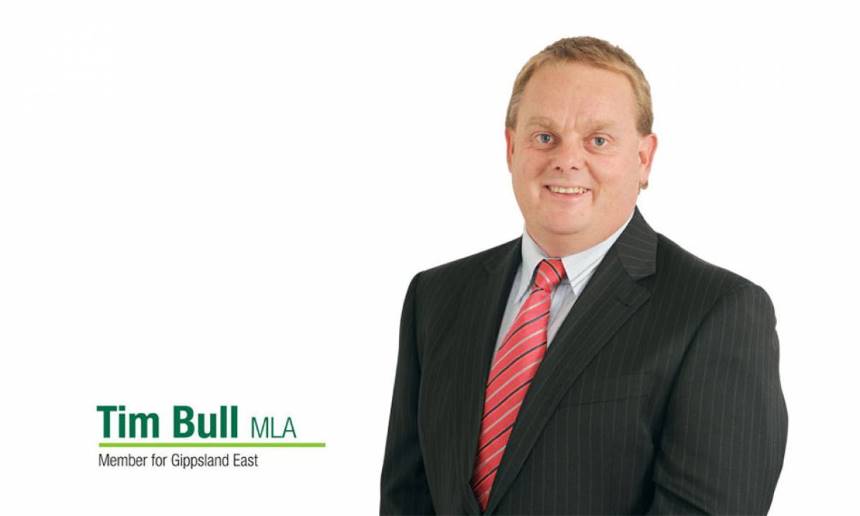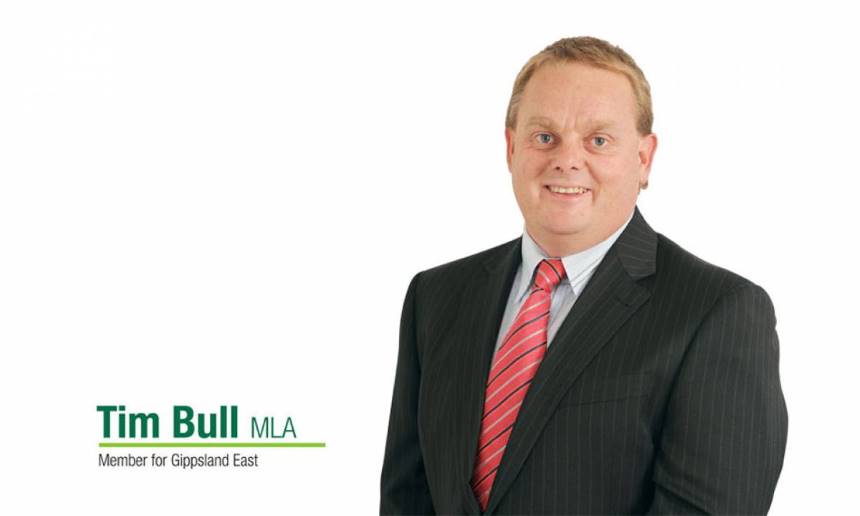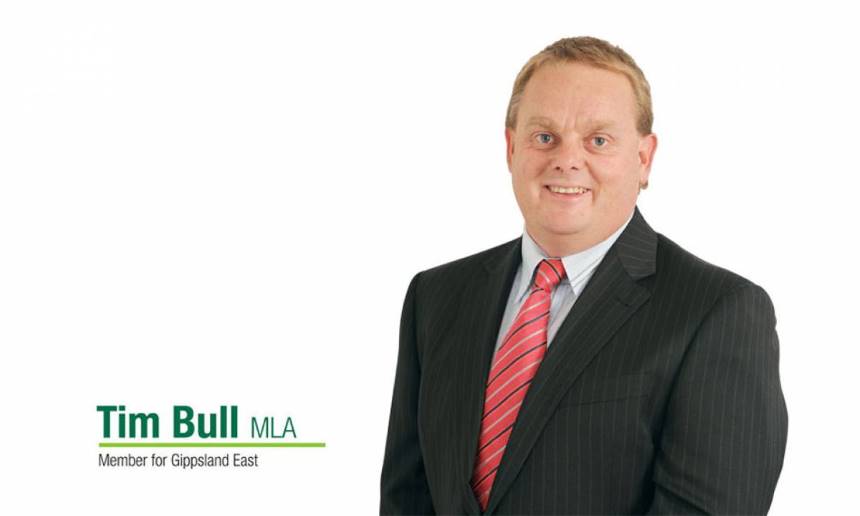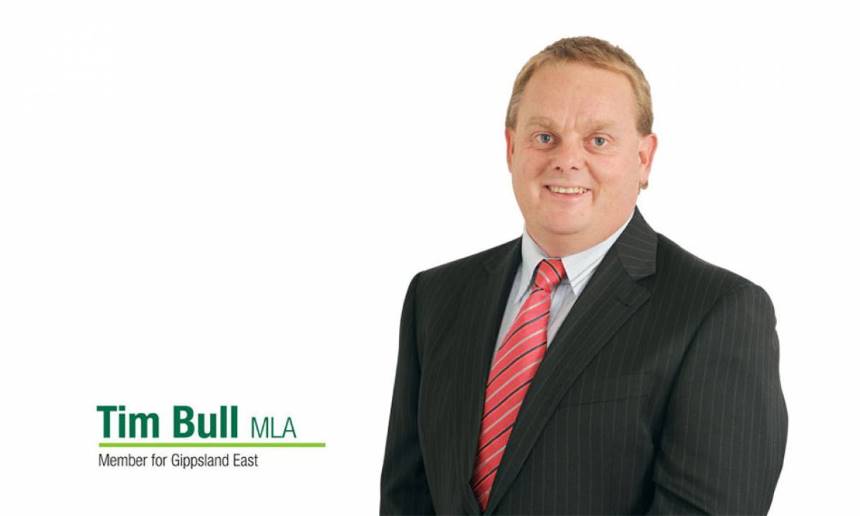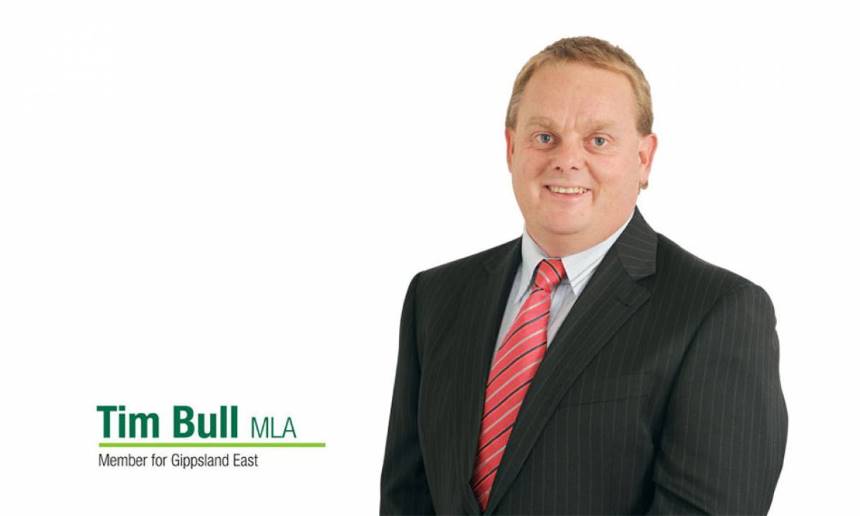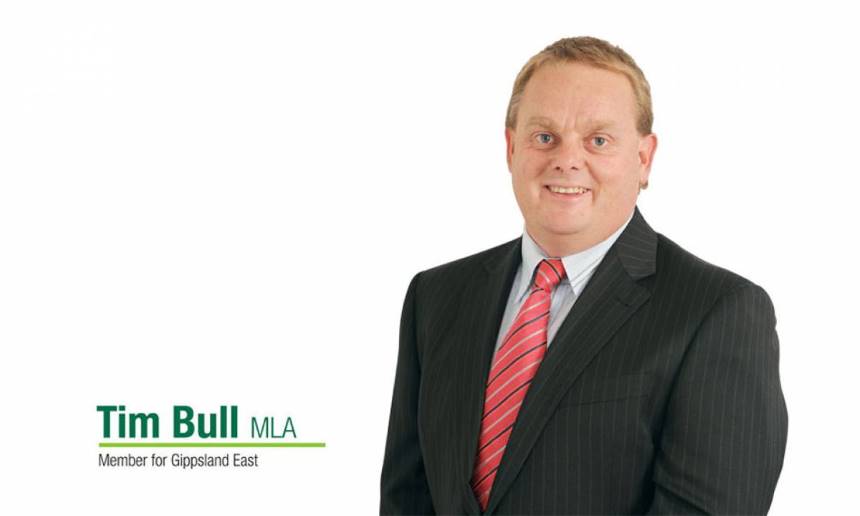2011 Fire Awareness Awards
Entries are now open for the 2011 Fire Awareness Awards which provide members of the public with an opportunity to recognise the hard work of individuals, groups and organisations involved in fire projects across Victoria.
Member for Gippsland East, Tim Bull, said “I strongly urge the local community to nominate those people who are involved in projects that help make Victorians safer from the dangers of fire, whether it is from bushfire, or house and building fires.”
“The awards are open to anyone involved in projects that are aimed at reducing the frequency, severity or impact of fires in Victoria and projects which focus on fire safety, awareness, prevention, response or recovery.”
Eight of the 15 award categories are community-based awards, including categories such as Recovery, Community Preparedness, Aged/Disability and Volunteer.
“In addition to the awards, there are financial grants available to further develop fire safety projects or ideas, including a $10,000 RACV Insurance Fire Innovation grant and $2,000 Special Incentive grants.
“It is important that we acknowledge the hard work of those individuals who are involved in fire projects and these awards provide an important opportunity for people to share in their contribution, expertise and experience,” Mr Bull said.
Entries close at 4pm on Friday September 30, 2011.
Further information can be obtained by visiting: www.fireawarenessawards.com.au or calling Caitlan Barratt on (03) 9412 4465.
$5m to improve safety in bushfire-prone areas
“The Fire Ready Communities program is aimed at providing support for important local initiatives – both existing and new - to improve preparation, fire awareness and education.
“The program will be open to applications from community groups and councils to fund local, common sense works to increase bushfire safety and preparedness,” Mr Bull said.
“Importantly, this program recognises that bushfire-prone communities face unique challenges and a one-size-fits-all approach is not always appropriate.“Local residents have the detailed knowledge required on the ground to make communities safer, better informed and more prepared.”
“Some of the things this program will assist are in the areas of safety promotion, small equipment purchases and community network projects.”
Acting Minister for Bushfire Response, Andrew McIntosh, said “for example, in Alpine communities a UHF community radio network provides reliable two-way communication between the CFA and the community in an emergency. This network does not depend on power supply, landline telephone services or mobile phone coverage.”
“The Boolarra and Yinnar communities have established tight community networks, working with emergency service providers to develop a Local Emergency Action Plan that helps prompt people to think about and plan for an emergency.
"These are just a couple of examples of local innovation which builds vital networks and provides effective local solutions,” Mr McIntosh said.
While the program targets the 52 identified high-risk bushfire communities, the government will welcome project proposals from other communities in high-risk areas and these will be considered on their merits.
To apply for Fire Ready Communities grants, local councils and community organisations should contact the Department of Planning and Community Development in their region or visit www.dpcd.vic.gov.au/contact-us.
Funds to help clean-up graffiti
Local councils now have access to grants of up to $25,000 to target graffiti under an expanded program that has cleaned up one million square metres of graffiti across Victoria.
Member for Gippsland East, Tim Bull, said applications for graffiti grants of between $5,000 and $25,000 are now open to help councils and local community and sporting groups form partnerships to fight graffiti.
“Over the past six years, offenders working on graffiti clean-up teams across Victoria have cleaned up more than one million square metres of graffiti, an area equal to the size of 50 MCG playing fields, or twice the area of Albert Park Lake,” Mr Bull said.
“This year, the Coalition Government committed $13.5 million to a zero-tolerance approach to graffiti, and is providing these grants to fund projects for the prevention and removal of graffiti at the local level.
“These grants will fund projects that deter, prevent and clean-up graffiti, such as graffiti removal kits and trailers, education programs and environmental design features such as murals.
“Grants would be open to councils to partner with resident’s groups, retailers and local business, community service organisations, community and sporting groups, police and utility companies to deliver projects.“The Coalition Government’s commitment to stamping out graffiti includes a $4million boost to roll out a rapid response program to deliver additional clean-up services at graffiti hotspots,” he said.
“The rapid response program will not only act as a strike team to remove graffiti from problem areas, it will also gather intelligence that can be fed back to councils to prevent, deter and potentially prosecute those responsible for graffiti.”
With the addition of the rapid response program, up to 48 offender work teams under the supervision of Community Correctional Services each week will remove graffiti from state and local government assets, community assets and private property.
Since the Graffiti Removal Program began, it has provided more than $25 million worth of graffiti removal services. Over one million square metres of graffiti has been removed, accounting for almost 340,000 hours of unpaid community work worth $8.3million.
Mr Bull said, “the grants were part of the Coalition Government’s broader community crime prevention agenda, aimed at empowering communities to find local solutions to local issues.”
Last week, the Coalition Government announced Community Safety Fund grants of up to $10,000 to pay for security infrastructure such as lighting, fencing and locks for councils, sporting and community groups.
$6.0m funding boost for local waterways
Boaters in Victoria’s east are set to benefit from a $6 million funding package provided to the Gippsland Ports Authority today by the Victorian Coalition Government.
Member for Gippsland East, Tim Bull delivered the good news which he said would deliver more reliable and safer facilities for the Gippsland community.
“The Coalition Government has identified a number of projects in need of attention in the Gippsland Ports area and has provided $2 million to upgrade these facilities.
“This is in addition to the $3.95 million which will be delivered to the Gippsland Ports Authority for regular port operations,” Mr Bull said.
“This is an important investment for the future of the Gippsland community and the continued economic growth of the region.
“This funding includes $1.6 million to begin vital upgrades to a number of jetties, piers, seawalls and wharves. The Coalition Government recognises these works are integral to supporting the local economy and to providing safe infrastructure to port users.
“We are also providing $300,000 for land-based improvements and a further $100,000 to upgrade navigation aids and signage around the ports.
“Boating and recreational fishing were crucial to the Gippsland economy and facility upgrades would be well received by both locals and visitors to the region.
"Having been brought up on the Gippsland Lakes, I have a strong appreciation for their importance to our region and we need to make sure those who visit have an enjoyable experience and want to come back,” Mr Bull said.
"Our waterways have an abundance of natural beauty and are increasing in popularity as more discover the experience. It is important the facilities keep in step with this increased usage and this is a significant investment which has been announced today.
"The upgrades to facilities and navigation aids will assist in making every Gippsland Lakes experience all the more enjoyable," Mr Bull said.
Key projects within the program include:
$240,000 to replace the wave screen and to sheetpile the approach into the Lakes Entrance Harbour (west). The Lakes Entrance boat harbour has over 100 recreational and commercial berths;
$273,000 to rebuild the entire Nungurner Jetty. This is the only public jetty at Nungurner and has reached the end of its life as a structure, requiring a complete rebuild;
$75,000 to install fire services at the Paynesville Progress Jetty;
$83,000 to re-deck the head and upgrade the water supply at Paynesville Boat Harbour. The harbour is home to over 200 recreational boats;
$107,000 to re-deck, replace walers, fenders and handrails at the Manns Beach Jetty. It is the only jetty at Manns Beach and contains a boat ramp that provides boating access to the water body;
$170,000 to repair mooring dolphins, install fire service and replace the wave screen at the Port Welshpool Ferry Terminal Jetty. The jetty provides berths for 16 permanent commercial boats;
$100,000 (Disability Discrimination Act) compliance at various wharves and jetties. Gippsland Ports in recent years had carried out a DDA (access) audit. This funding is for progressive roll-out of compliance upgrades; and
$300,000 to replace the Bullock Island Depot seawalls. This is a critical replacement of a very old failing seawall.
Historical cataloguing project gets boost
Lakes Entrance Regional Historical Society (LERHS) received funding from the Victorian Government through the Local History Grants Program to assist with the cataloguing of the Society’s collection.
Under the title of ‘Saving the past for the future!’ the Society will now be better able to record and preserve items in the collection using industry standard software.
While the immediate aim is to eliminate the backlog caused by the current obsolete cataloguing system, the project will be ongoing as additional items are donated.
The long term benefit will be a modern collection management system and the saving of important local history for future generations.
Funding to aid battle against bowel cancer
Bairnsdale Regional Health Service is one of 18 Victorian hospitals to share in a Coalition Government funding injection of $1.81 million to obtain new equipment to meet an increasing demand for colonoscopy procedures.
Member for Gippsland East, Tim Bull, said “the hospital will receive $71,942 in equipment grants funding and is just one way in which the Coalition Government is working to ensure that Victorians living in regional areas have better access to quality services.”
“Bowel cancer is the second most common cancer in Victoria, with about 3,600 new cases diagnosed every year and although it is one of the most curable types of cancer if detected early, 30 people are still dying from the disease each week,” Mr Bull said.
“The funding is particularly important considering the increased demand on public colonoscopy services created in part by the ‘National Bowel Cancer Screening Program’.
“Those who have received a positive screening test via the program require prompt follow-up via colonoscopy.”
Nationals Member for Gippsland, Darren Chester said the additional colonoscopy funding would make it easier for locals to access the services they needed."People are more likely to undertake these types of tests if they don't have the burden of extensive travel and the costs that go with that,” Mr Chester said.“The Federal Government’s National Bowel Screening Program has seen an increase in demand for colonoscopy procedures and this investment in new equipment will help to meet that demand. "Keeping our health services well equipped can also be a key in retaining and recruiting new specialists to the region."
Minister for Health, David Davis, said the Coalition Government welcomed the Commonwealth Government’s commitment of $138.7 million over four years to continue the National Bowel Cancer Screening Program with one-off screenings for 50, 55 and 65 year olds.
“I see the continuation of the program as a positive step but will continue to advocate for a full roll out of the program to all people aged over 50, every two years, in ccordance with National Health and Medical Research Council guidelines,” Mr Davis said.


